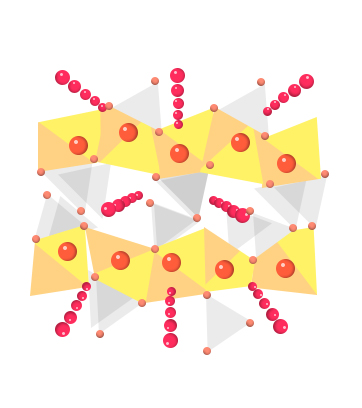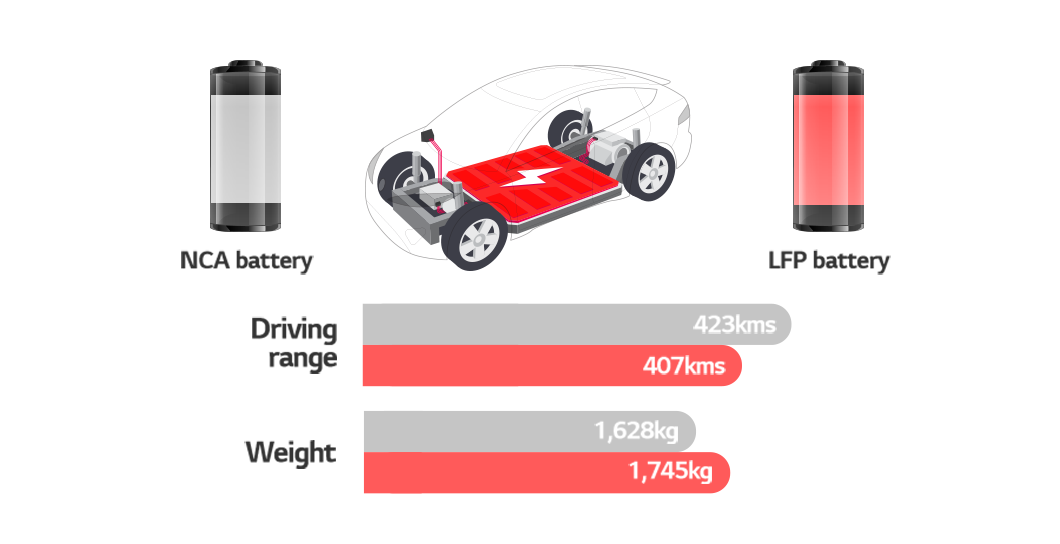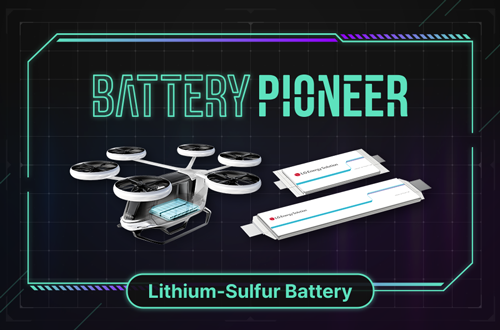Rechargeable batteries power a wide range of products, including electric vehicles, elevating convenience to a new level. Most of these batteries are lithium-ion batteries based on the chemical reaction of lithium. The lithium-ion battery is enabled by the electrical energy generated when lithium ions and electrons flow between the anode and cathode. Based on their cathode material composition, lithium-ion batteries are classified into three types: ternary battery, quaternary battery, and LFP battery. With the surging costs of raw materials such as cobalt and nickel, the LFP battery, which is cheaper to manufacture without rare materials, is garnering renewed attention.

A lithium-ion battery with a cathode made up of three to four non-ferrous metals such as nickel, cobalt, manganese, or aluminum is a ternary or quaternary battery. While the cathode of a ternary or quaternary battery is based on lithium cobalt oxide (LCO), the LFP battery uses LFPO (LiFePO4) as its cathode, replacing cobalt with ferric phosphate. In addition to being inexpensive, the LFP battery is highly stable.
The LFP battery’s cathode is composed of LFPO (LiFePO4), which is highly reliable with its olivine structure, in which crystal-shaped cubes are closely knitted in a lattice shape.

As a result, the LFP battery has a low-fire risk, which can be potentially caused by overcharging or over-discharging. Also, its battery life is longer than that of a lithium-ion battery since its battery cell is less prone to deterioration. However, until recently, the LFP battery was deemed to be inferior to the ternary battery. Although the LFP battery is inexpensive and more stable than the lithium-ion battery, it has not favorably secured driving range when applied to electric vehicles, primarily because it is too heavy and with low energy density.

For example, an electric vehicle equipped with a ternary battery (NCA) has a maximum driving range of 423 km on a single charge. On the other hand, the same electric vehicle model powered by an LFP battery could only cross up to 407 km on a single charge.

There are many ongoing studies to compensate for the lower energy density of the LFP battery. In fact, whether the LFP battery would take over the ternary or quaternary battery in the future is a hotly debated topic in the battery industry. Some even say the two players would coexist in the market, taking advantage of their contrasting strengths and weaknesses and serving different needs. What is your take on this?





